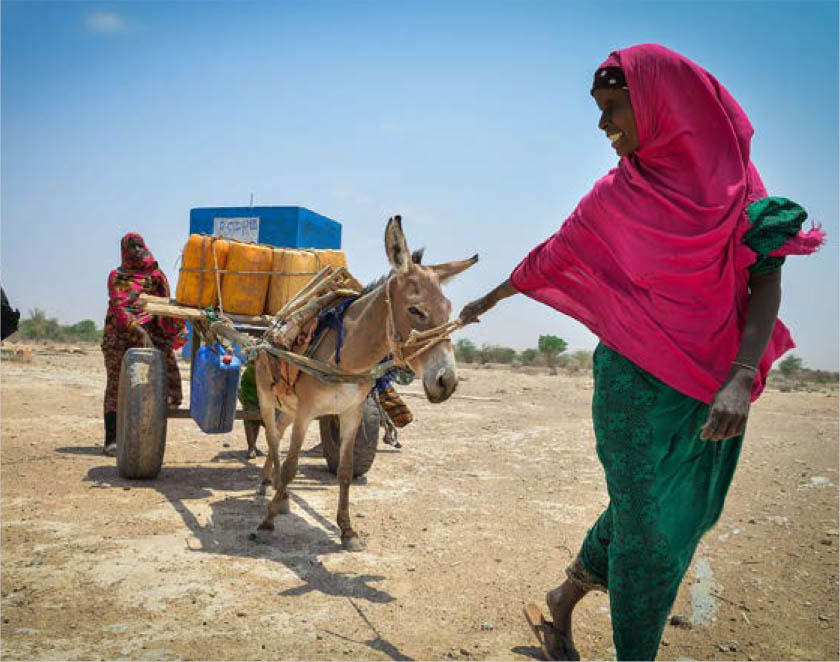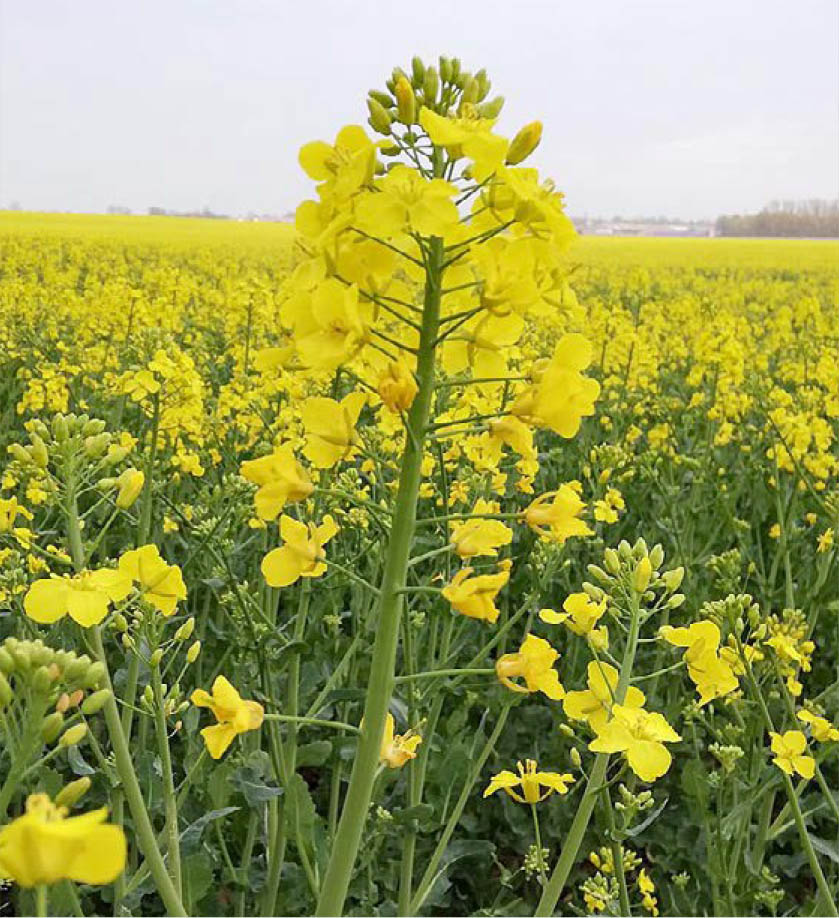2 Socio-economic drivers of demand for land and water
2.4 Access to land and water is constrained for some
Social structures determine the sustainability of natural resources. Societies drive land degradation and water scarcity, but these processes are not irreversible. Some societies have developed sustainable and resilient production systems to overcome degradation. Their experiences can inform decision makers about the potential of community-based resource management systems.
Reducing rural poverty requires equitable access to land and water resources. The lack of adequate access and capacities to take advantage of natural capital may overuse resources to meet short-term needs. The critical factors to tackling these issues lie in establishing good governance, effective institutions and secure tenure. There are strong synergies and trade-offs between poverty reduction policies and sustainable resources management. Current water laws tend to decouple water rights from land tenure.
Development trends and climate change impacts increase the competition for land and water resources and increase the risk to livelihoods of the poor and vulnerable. About 77 percent of smallholder farms in low- and middle-income countries are in water-scarce regions, and less than a third have access to irrigation. The greatest disparities in irrigation between smallholdings and large-scale farms are in Latin America and the Caribbean, South Asia and sub-Saharan Africa. Limited access to irrigation services can be a significant constraint on rural livelihoods, particularly in arid regions.
There are also strong gender and equity issues surrounding access to and management of land and water. Women comprise over 37 percent of the world’s rural agricultural workforce, a ratio that rises to 48 percent for low-income countries. Their contribution is prominent in all agricultural subsectors. They comprise almost 50 percent of the world’s small-scale livestock farmers and half the labour force in small-scale fisheries. Fewer than 50 countries have laws or policies that specifically mention women’s participation in rural sanitation or water resources management. Women still account for less than 15 percent of agricultural landholders, and there are disparities in their access to agricultural support services.



